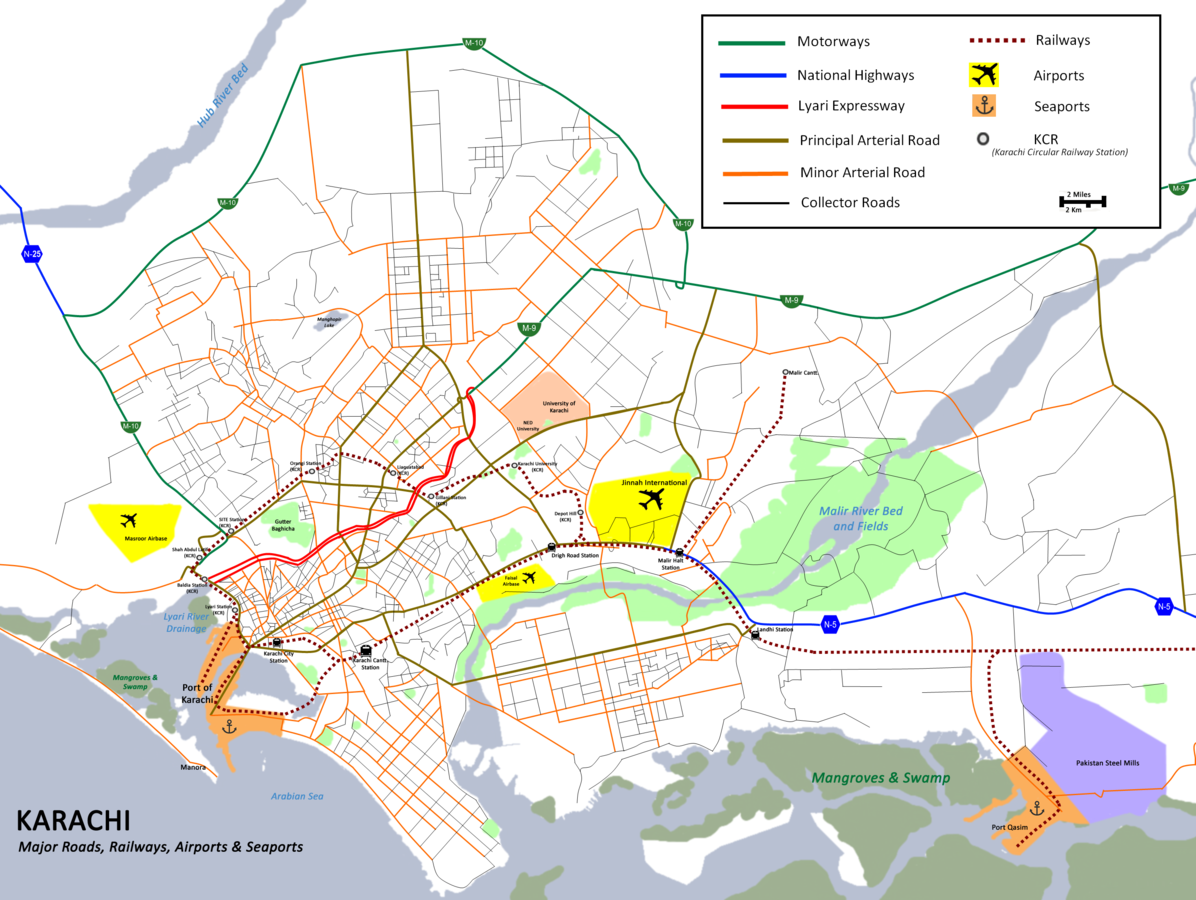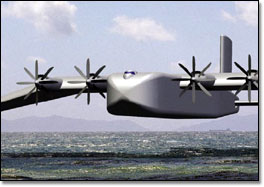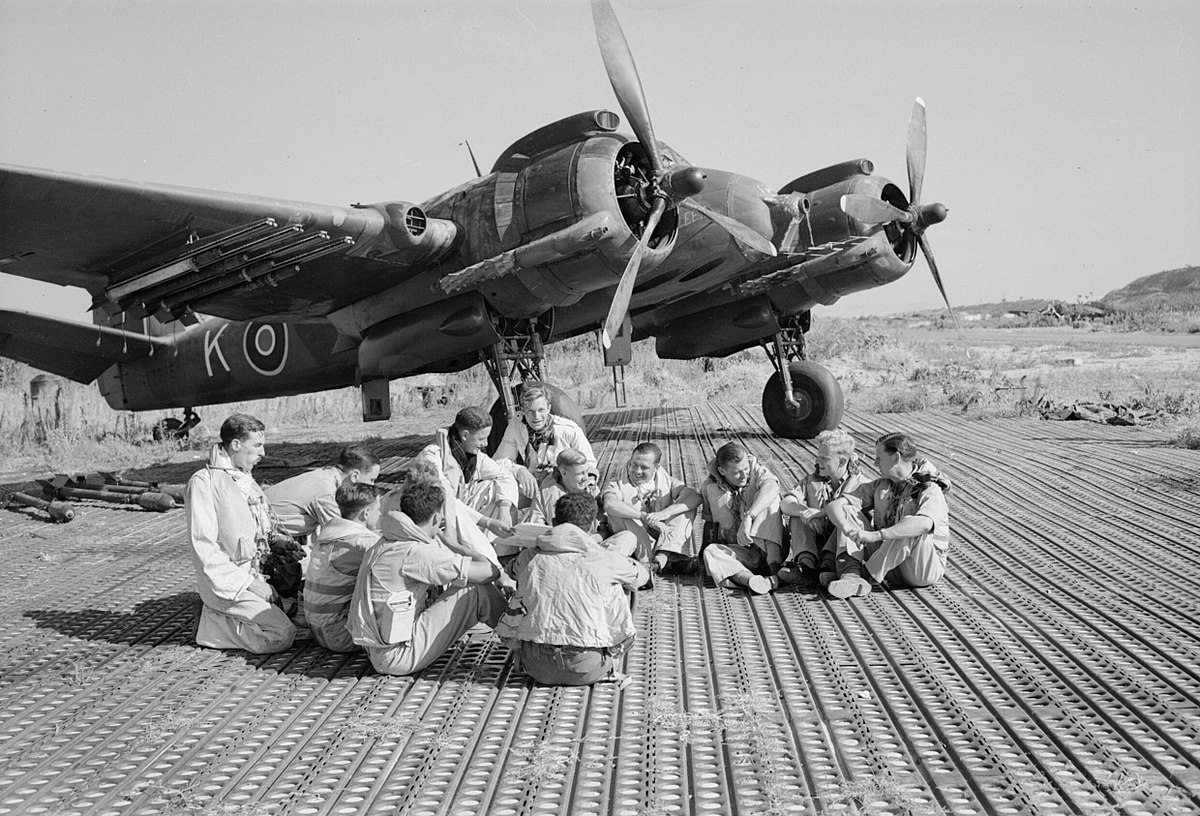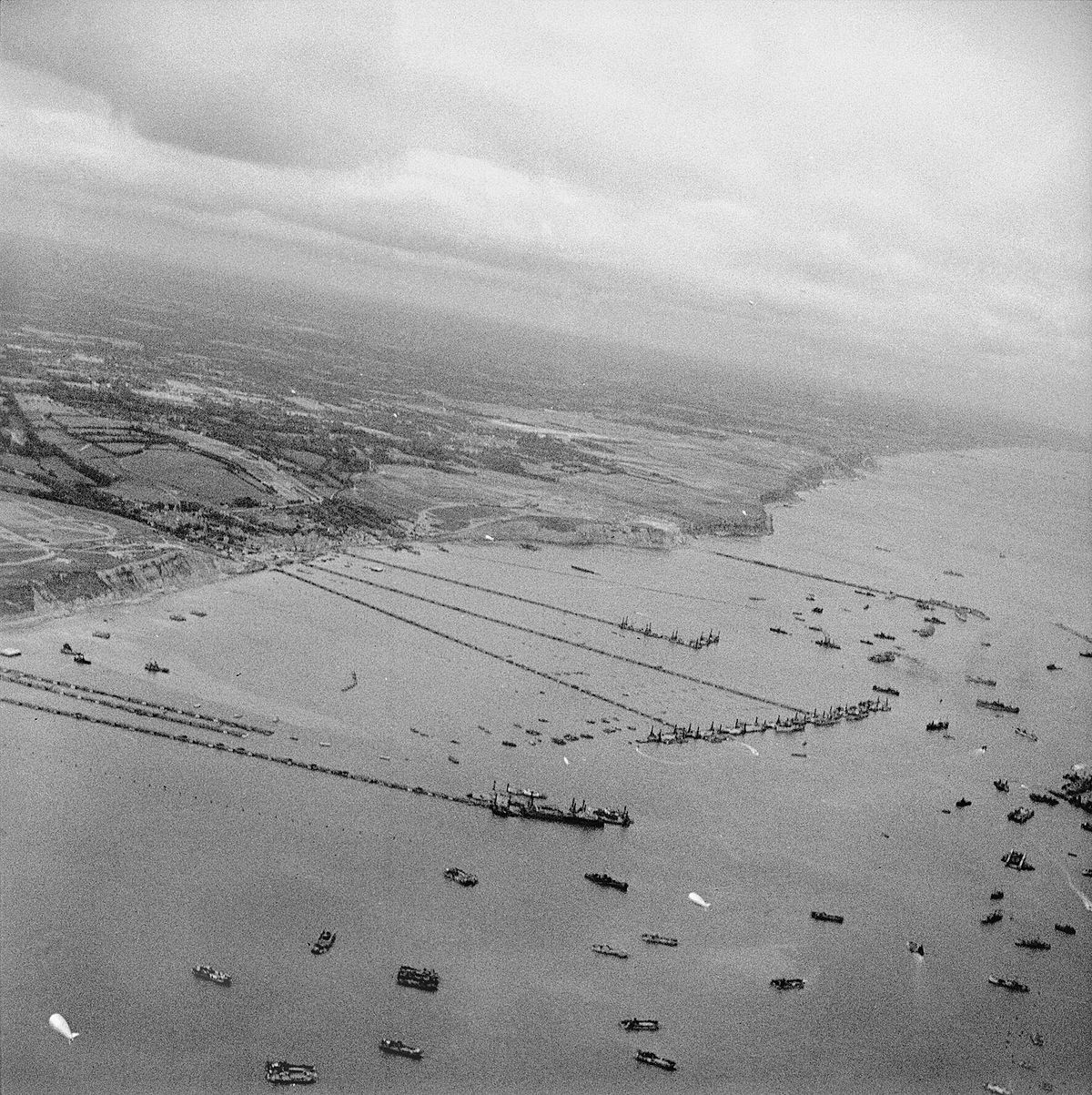Because nerd.
Informed speculation and wild assed guessing, brought to you by a three day weekend and a little too much free time.
KARACHI: GRAND STRATEGY, OPERATIONAL CONCERNS AND LOGISTICS
BACKGROUND
1)Karachi is in ruins and unfit for human habitation. Provisional WoG compared it to pre-reconstruction Chicago.
No idea why; could be Scrin v Nod, could be Nod v Nod.
On the one hand, that means that urban combat is not really an issue; assuming the city is even capable of hosting military forces in the short term, any Nod troops in the place can simply get the hammer dropped on them without fear of civilian collateral, up to and including ion cannon strikes.
On the other, it means that Nod has no impediments to mining the place and the harbor with bigass bombs, up to and including WMDs.Bintang nuked a cruiser, and al-Isfahani operates in whats left of Iran and Afganistan, so we have to honor the threat, which means sweeping the city thoroughly before moving.
Which will take time.
Alternatively, we could just demolish the city with overlapping strategic-yield orbital ion cannon strikes, relying on that to set off any bombs, mines and potentially hazardous shit. Just broadcast it over radio and with drones equipped with loudspeakers for any Nod units that might have holed up in the ruins to pull a Grozny.
But that will also take time to do, and may well release toxic stuff that needs cleanup before we can get started on rebuilding the place. Which will also take time.
All the considerations preclude landing inside Karachi, as opposed to on its outskirts.
2)Karachi IRL has two ports: Karachi Port and Muhammad Bin Qasim Port.
But since the city is in ruins, we have to plan for the piers of Karachi to have been wrecked, either during previous events, or just Nod taking routine precautions against GDI. And we will probably have to deal with sunk ships and mines in the harbor as well.
Regardless, the port wont be useful for at least a couple weeks. Bring your own.
We are going to need to build both temporary piers on the coastline northwest of Karachi to support the invasion, and to wholesale rebuild the original port structure and supporting infrastructure and install new cargo handling equipment. That includes things like secretly building pier components underwater off the coast of the Oman BZ, then refloating them and towing it in sections with tugs to the Pakistani coast and installing it there.
All this means airlift capacity is going to be critical for at least the first week of operations until we get our notMulberry Harbors up and running off the beaches, and important until we get both original ports up and running.
3) Benchmarking off the last major air operation of WW2(see Operation Varsity in addendum), I would like/hope/expect to have around 2600 transport planes available for at least three months:
-1600x V35 heavy tactical airlifters (800x active, 800x reserve)
-800x notPelicans(400x active, 400x reserve) superheavy strategic airlifters (see addendum)
-200x Carryalls light airlifters specced as medevac/search and rescue aircraft(100x active, 100x reserve).
They would ALL be in use in the first one to three days of the landing, but after that, the reserve aircraft would go into theater reserve for the event of losses or mechanical failure or a need to surge aircraft.
V35s and Carryalls are both VTOL so they dont need runways, just a relatively flat stretch of land. And Oman is close enough that transports can do the roundtrip on one tank of gas like the C17. But the notPelicans will require long runways, and will thus be restricted to airdrops of cargo for the first 24-48 hours before GDI gets temporary runways(see Marston Mats) up and running.
4) The distance from the port of Muscat, Oman to Karachi is 870km.
A real C17 Globemaster III has a speed of 833kph cruise/944kph max, and can carry either 134 troops, 1x Abrams, 2x Bradleys or 3x Strykers in its cargo bay. V35 Ox can lift a 70 ton Predator in the games, so its safe to use it as a benchmark.
Assuming that a V35 gets
-Roundtrip to Karachi, and back to Oman: 2 hours average
-Loading payload and tank of jet fuel at origin + unloading cargo at destination: 2 hours average
3x roundtrips between Oman and Karachi would take 12 hours and move at least 210 tons of cargo.
Leaving 12 hours for aircraft maintenance and downtime daily.
That would translate to 800x V35s moving 168,000 metric tons of freight each day.
5) As for the notPelicans doing airdrops, one ton glide-capable unpowered cargo pods with a range of 60km are a real thing.
They would just have to approach within 50km of the coastline at 30,000 feet, open their rear cargo bay doors and kick out the payload(s) to glide its way to the programmed drop zone 10km inland. Coincidentally, we just expanded our civilian drone production capability. Fortunate, that.
Assuming
-Loading and refuelling a notPelican at origin + unloading at destination: 4 hours average
-Roundtrip flight-time: 2 hours average
-2 trips a day = 2×6 = 12 hours. Leaving 12 hours for maintenance and downtime.
400x notPelicans moving 1400 tons of air freight two times a day will deliver around a million tons each day.
Expensive to operate, but for military operations, cost comes secondary to need.
For reference, a single Algol-class RO-RO military supply ship with 61,000 tons full load displacement will deliver around 30,000 tons of freight at 33 knots every 48 hours or less(36 hours roundtrip from Oman to Karachi at 60kph, <12 hours to load and unload).
100x of them would average 1,500,000 tons every day.
And there are significantly bigger cargo ships, with a lot more capacity, around to do mass freight once we have the piers repaired; 100x of the 400,000 ton payload cargo ships at the same 48 hour rate would average a throughput of 20 million tons every day, assuming you have the handling capacity to move all the throughput.
But they do need port facilities to unload and storage facilities to go into.
Aircraft beat ships for speed and flexibility. Critical for military operations.
But they do not match or replace ships for bulky, heavy cargo, or for cost, nor will they until we mass produce antigravity. We will need at least a billion tons of imported raw material to build Karachi Planned City and the beanstalk/transport corridor to BZ-18.
That means sealift.
NAVAL OPERATIONS
The Navy had 44 fleet carriers at my last check.
We are not counting the 30x merchant conversions that come online for convoy protection in 2061, or the first 12x CVLs that enter service in 2062. Just the big Atlantis-class CVNs.
Given 50% availability(that means 50% down for rest, replenishment and repairs), thats 22 fleet carriers available and at sea.
Splitting them up unevenly by priority in 2063 would leave us with 4-5x in the Atlantic, 7-8x in the Pacific and 10x in the Indian Ocean for Karachi.
Positioning the 10-carrier fleetball in the Arabian Sea, 400km from the Omani coastline and 450km from the Pakistani coastline, that keeps them in range of hydrofoil patrols and a lot of landbased air(Apollos, Firehawks, naval patrol aircraft, Orcas, ASW helos, aerial tankers, AEW) from Oman to bolster their own defenses and those of their escorts, allowing them to cycle most of their Firehawks forward over the beaches.
Assuming each fleet carrier generates at least 60x Firehawks, that translates to around 600 Firehawks.
If they keep 100x back for collective self-defence, thats 500x over the Arabian Sea and the Karachi landing zones
Thats in addition to longrange landbased air from Oman, and as the airbases go up around Karachi, local Orcas and Apollos.
WHY AIR LANDINGS BEFORE SHIP LANDINGS
1)Unloading ships are stationary targets for enemy artillery and missiles.
And Nod's tactical missile arsenal includes ~500km range cruise missiles(Stahl) and ~900km SRBMs(Bintang), plus whatever the fuck that Gideon was trying to salvo at Chicago .
While SRBMs fly high enough that we can reasonably expect prepared warships with air and orbital cover to see and intercept them before they can crash into ships, cruise missiles fly low in the ground clutter, and with the unloading ships in front of the warships, they are very vulnerable to having a truck-mounted 4-ton notIskander with a payload of fifteen hundred pounds of hate ripping a hole into them.
A landing ship with equipment that gets hit or sunk by a missile deprives the landing force of its cargo and services, but also blocks part of the port/harbor, impeding further operations. Blow up an ammunition ship or fuel tanker, on the other hand, and well, see the Halifax Explosion of 1917 and what the detonation of SS Mont-Blanc's 2300 tons of picric acid + 500 tons of TNT did to the port and the city for some idea of what such an explosion could do to ships and people unloading in the local area.
Especially when you remember that our ammunition ships are both much bigger in carrying capacity than 1917 freighters and carry more powerful explosives than picric acid.
So in order to unload ships safely at the Karachi shoreline, we need an A2/AD belt in front of the beaches and ports to intercept the any longrange missiles as they attempt to overfly them to hit the ships offshore. Pitbulls, Slingshots, and other SAMs to shoot down any missiles as they attempt to overfly them. As well as laser PD equipped vehicles to intercept any cheeky Stealth Tanks that manage to sneak in close enough to salvo any potshots.
Which means at least one armored division, preferably two, of troops with attached A2/AD assets airlifted in ahead of the ships, both to act as a shield against cruise missiles, and to push potential Nod artillery batteries well out of range of the shoreline before the ships can attempt to approach the shoreline to unload in some safety.
SCALE
1)They're not really 1:1 mirrors of each other, but I'll use a US army armored division as an example to give some idea of the scale.
Not counting the helicopters, late Cold War circa 1989 divisional ToE was roughly ~320 tanks(Abrams/Predator-class), ~300 IFVs (Bradley/Guardian-class), ~72 SPGs and ~9 MLRS. At 3x 4-hour roundtrips a day per plane, you'd need roughly 110x notC17s to move all the tanks, but only 50x notC17 transports to move the IFVs. Add another 50x transports for up to 300x more Bradley/Guardian or smaller sized combat vehicles. ~210x transports.
If you want to move them in one wave, thats 320x V35 transports for the tanks, 150x for the IFVs, and another 150x for other combat vehicles. 620x transports to move the combat equipment of one armored division in a single flight of V35s.
Add 200x transports to move 15,000-20,000 troops separately at 80-100 troops per transport.
2)There are also operational security concerns.
We cant move thousands or tens of thousands of troops onto landing ships without giving Nod at least a day of advance warning of imminent attack from their spies. Which is leadtime for Nod to redeploy quick reaction forces and standup their missile batteries and fighter wings in locations along the Indian Ocean coastline they judge to be at risk of naval landings.
However a transport plane to Pakistan has travel time of maybe an hour, and a much shorter loading time. V35s and Carryalls have a much larger range of potential destinations, especially since they are VTOL transports. Plus, airbases are much less public places than the pierside of a port or naval base, just like planes are much less obtrusive than double digit kiloton transport ships.
Which means you can move a substantial force by air faster than our opponents can get effective warning or react.
IF you have the aircraft.
====
ADDENDUM I: BUILDING THE PORT AND THE BEANSTALK
Assuming we build the 24-lane superhighway out of concrete? Karachi to Islamabad is roughly 1400km.
A 12 inches deep, 360 foot wide road(24x 12-foot wide lanes, with 2x 36-foot wide shoulders) running 1400km would be require approximately 154,000,000 m3 of concrete. Given an average weight of 2.5 tons per m3 of roller compacted concrete, that comes to roughly 385,000,000 tons.
385 million tons.
And thats not counting the railroads, where at 100kg/meter(RL heaviest North American rail is 86kg/meter) of rail, we'd need at least 2.8 million tons of steel rail to build a single lane railtrack between Islamabad and Karachi.
28 million tons to build ten lanes of railtrack. Minimum.
Then there's the tens of millions of tons of material in building the railbed.
And the hundreds of millions of tons to rebuild Karachi as a Planned City.
Literally.
Karachi is 3,780 sq km, but Statista says that the builtup areas of Karachi amounts to only 379 square km. Using the lower figure and assuming an average 1m depth of concrete and a portland cement concrete density of 2.4 tons/m3, we are talking a little over nine hundred million tons of concrete. Just concrete.
ADDENDUM II REFERENCES
-Operation Varsity was the last largescale airborne operation of WW2, involving the airlift of two divisions comprising 16,000 men from bases in England and France to landing zones on the eastern shore of the Rhine in Germany.
It involved 1591 transport aircraft, 1350 gliders and over 2100 fighter aircraft

en.m.wikipedia.org
-A US armored division in Desert Storm(16,000 troops, 350 tanks, 200 Bradleys, roughly a thousand trucks) had a requirement for:
▪5000 tons of ammunition
▪555,000 gallons of fuel(1803 metric tons)
▪300,000 gallons of water(1134 metric tons)
▪80,000 meals
Roughly every 3-5 days

en.m.wikipedia.org
-Silent Arrow makes a range of disposable glider cargo pods with GPS/INS/magnetometer/lidar/RF autopilot for the use of both military and humanitarian agencies. Glide range is 35nmi/65km when released at 25,000 feet. A C-130 can allegedly carry 20x of the ~2000 pound/~1ton variety in its cargo bay for airdrop
-The C17A Globemaster III has a max payload of 77 tons, an unrefuelled range of 4500km with a 71 ton payload, airspeed of 833kph cruise/944 kph max, and the ability to land on dirt strips

en.m.wikipedia.org
-The An-225 Mriya was the biggest strategic airlifter operated in RL before it was destroyed in the Russia-Ukraine War. It had a maximum takeoff weight of 640 tons, a cruising speed of 800km/hr, a maximum range of 15,000 km and a max payload of 253 tons.

en.m.wikipedia.org
-The Boeing Pelican ULTRA was a proposed conventional takeoff and landing superheavy strategic airlifter for military use. It had a length of 122m, a cruising speed of 240-400 knots(440-741 km/hr) depending on altitude, and a maximum payload of 1300 tons or up to 3000 passengers. Explicitly designed to land on normal international airport runways, it has a range of between 5500km and 19000 km depending on flight profile and payload.

en.m.wikipedia.org
-Marston Mats are prefabricated runway segments made of metal, usually steel or aluminium, for setting up quick runways in hours and days where none previously existed. Also sometimes used for repairing holes in runway inflicted by enemy attack.
First used in WW2.

en.m.wikipedia.org
-Mulberry Harbors were artificial harbors used in the Normandy landings for the two months before the Allies captured and repaired French ports to supply their forces.
Constructed in Britain, and towed to the coast of France.

en.m.wikipedia.org











